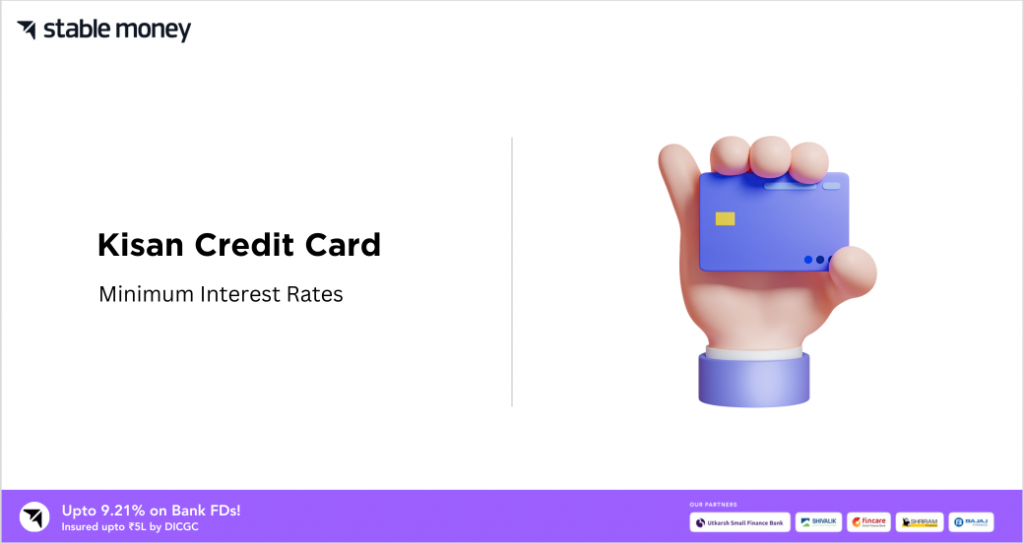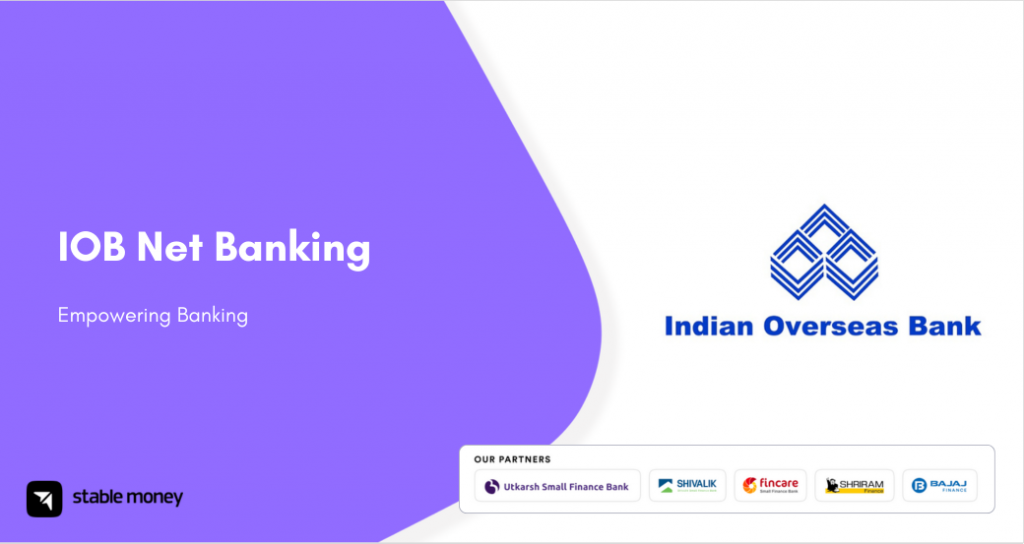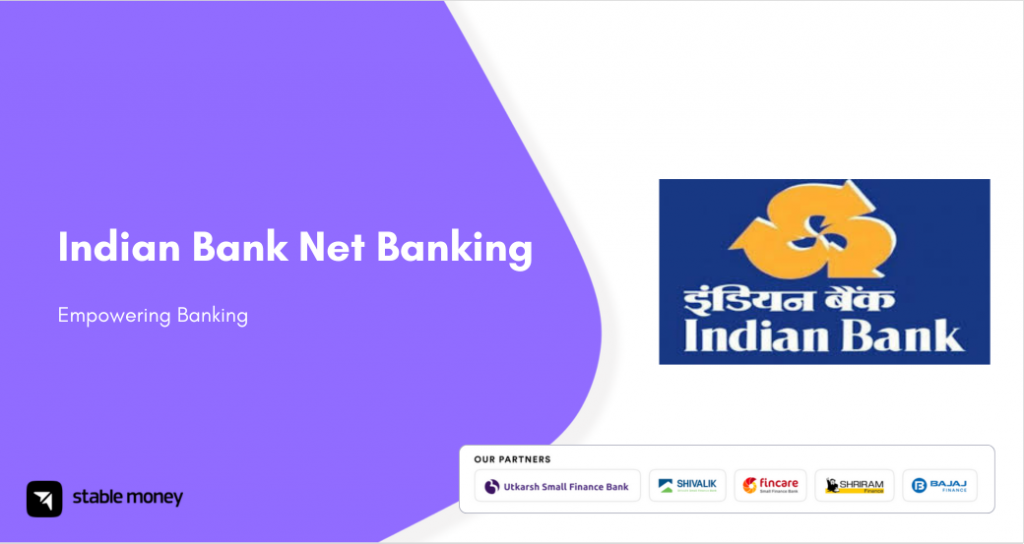
Kisan Credit Card is a valuable scheme for farmers. It gives loans for farming needs at a low cost. This blog talks about the benefits of the Kisan Credit Card, how it supports farmers, and works. It also provides details on limits, charges, and the application process.
What is a Kisan Credit Card ?
Kisan Credit Card helps farmers. It gives short-term loans for farm costs. NABARD made the KCC plan. Farmers can get funds quickly for seeds, fertilizers and more. They also get cash for other farm work. The loan from Kisan Credit Card has minimum paperwork. Farmers repay after selling crops. It supports farmers financially throughout the year.
Different Types of Kisan credit card
1. Types of Kisan Credit Card
There are two main types of Kisan Credit Cards. One is for short-term loans of up to three years for crops—second term loans of 5 to 7 years for livestock and fisheries, among other long-term needs. Cards can be customized to each farmer’s land size and needs.
2. Working on Kisan Credit Card
The bank gives pre-approved limits based on land records. Farmers can withdraw anytime and repay after harvest. Interest is the minimum for KCC loans. Farmer gets the freedom and flexibility to take loans when required without collateral for small and marginal farmers.
What is the Interest Rate Charged on Kisan Credit Card
The interest charges for Kisan Credit Card are shallow. For loans up to Rs. 3 lakh, interest is charged at 7% per year. Loans over Rs. 3 lakh have interest of 4% per year. No processing fee is required. Some banks charge a minimum annual fee of Rs. 150 to Rs. 500 for the card. Farmers need to pay only the principal and interest amount in case of timely repayment. No additional hidden charges are there.
What is the Maximum & Minimum Limit for a Kisan Credit Card ?
The minimum limit farmers can avail of under Kisan Credit Card is Rs. 20,000. This limit helps tiny and marginal farmers. The maximum limit differs by state and land holding size. Most banks allow limits of up to Rs. 3 lakh for loans. Some may grant higher limits of up to Rs. 10 lakh based on land records. The repayment ability and credit history are also considered for higher limits.
How Do I apply for the Kisan Credit Card?
Here is How to apply for the Kisan credit card:
1. Applying Online
- Visit the bank website providing KCC
- Click on the application form link and fill in the details
- Attach documents like ID, address, land records, proof
- Submit the form and book an appointment at the branch
- Visit the branch on the scheduled date with the documents
- Application processing and card issuance
2. Applying Offline
- Visit the nearest bank branch providing KCC
- Collect the application form and read the terms
- Fill the form with cultivation details, ID and address
- Submit the form with the required documents
- The officer will verify documents and land records
- On approval, sign the agreement and get a credit card
- The card can be used to avail of farm input loans
Importance of Credit Card
The Kisan Credit Card (KCC) serves an important purpose for farmers. It helps them access timely and affordable credit for cultivation needs. Here are some key benefits:
- Ensures easy access to credit at minimal processing fees.
- Loans can be utilized for various agricultural requirements like seeds, fertilizers, etc.
- Offers flexibility with repayment options after harvest.
- Removes dependence on money lenders charging high-interest rates.
- Facilitates mechanization and productivity growth of small farmers.
- Boosts agricultural output and overall income levels.
Characteristics & Features of Kisan Credit Card
Kisan Credit Cards have specific unique characteristics to benefit farmers.
1. Characteristics
- They are issued to individual farmers or farmer groups for post-harvest financing.
- Annual or seasonal credit limit up to Rs.3 lakh based on landholding size.
2. Features
- Flexible repayment options after crop harvest within the limit period.
- Minimum documentation and processing charges.
- The Government provides interest subsidies on timely repayment.
- It can be used as ATM-cum-debit card at the branch level for loans.
Eligibility Criteria & Documents Required for Kisan Credit Card
Here are the eligibility criteria and documents needed for Kisan Credit Card:
1. Eligibility Criteria
To qualify for a Kisan Credit Card, some essential criteria must be fulfilled:
- Must be an active farmer cultivating owned or leased agricultural land.
- The landholding size should be a minimum of 0.1 to a maximum of 10 hectares.
- The age should be between 18 to 70 years.
- Must have a stable income source from agriculture.
2. Documents Required
To apply for the KCC, certain documents providing identity and land ownership proof must be submitted:
- ID proof like Aadhar, Voter ID, and Passport.
- Address proof like utility bills and lease/rent agreements.
- Land ownership records like 7/12 extract and tax receipt.
- Two passport-size photographs.
- Bank account details, if any.
What is the Rate of Interest Charged on Kisan Credit Card
The interest rate charged on the loan amount utilized from a Kisan Credit Card varies depending on the bank and the size of the loan. As per the Government’s guidelines, loans up to Rs 3 lakh have an interest subsidy of 2% per annum. So, if the bank’s interest rate is 10%, the effective rate for eligible farmers comes down to 8%. However, this subsidy is only applicable for timely repayments. Loans above Rs 3 lakh are charged average interest rates without subsidy, ranging from 7-13% annually across different banks. Most nationalized banks offer KCC at 7-9% concessional rates to boost agriculture funding. Timely repayment is important to enjoy lower interest benefits.
Advantages & Disadvantages of Kisan Credit Card
Here are the advantages and disadvantages of Kisan Credit Card:
1. Advantages
Kisan Credit Card has several benefits for farmers:
- Timely access to working capital at affordable interest rates.
- Subsidized loans up to Rs.3 lakh help meet cultivation expenses.
- Flexible repayment options after harvest without penalties.
- The overdraft facility acts as instant cash liquidity for urgent needs.
- It helps increase the scale and profitability of farming enterprises.
2. Disadvantages
However, there are some drawbacks as well:
- The complicated application process deters non-literate farmers.
- Lack of financial knowledge leads to misuse or overuse of credit.
- Natural calamities can affect the repayment capacity of vulnerable farmers.
- A limited amount is insufficient for larger capital investment projects.
Overall, more farmers can take advantage of KCC if disadvantages around access and financial literacy are appropriately addressed.
Final Word
In conclusion, Kisan Credit Card plays a big role in Indian agriculture. It helps farmers get funds quickly throughout the year. The scheme aims to lower farming risks. Using a KCC can boost crops and income for small farmers. Applying online or offline is made simple for all.
FAQs
All farmers, including individual/joint borrowers who are owner cultivators, tenant farmers, and sharecroppers, are eligible for a Kisan Credit Card.
The interest rate charged on short-term crop loans up to Rs. 3 lakh through Kisan Credit Cards is 7% as per the subsidy scheme of the Government of India.
One must be between 18 to 75 years of age to apply. Those over 60 require a co-borrower who is a legal heir or immediate family member.
The KCC allows conversion or rescheduling of repayments if crops fail due to natural calamities, protecting farmers from repayment burden in case of crop loss.
Disclaimer
This article is solely for educational purposes. Stable Money doesn't take any responsibility for the information or claims made in the blog.

